Graphics Design
13.Exploring the Latest Trends in Photo Editing Software

Exploring the Latest Trends in Photo Editing Software
Here’s an overview:
-
Photo Editing Software Trends- An Introduction
• Integration of AI and Machine Learning in Photo Editing Software.
• Mobile Editing Apps: The Changing Environment
• The New Age of Non-Destructive Editing
• Collaborative and Cloud Editing Platforms
• Greater automation and streamlining of workflows.
• A Prevalence of Augmented Reality in Photo Editing.
• Photo Editing Software Trends- An Introduction

Exploring the latest trends in photo editing software i have been extremely attentive to recent innovations in photo editing software, and the ever-changing technology is really striking in meeting the needs of beginners, experts and intermediates. undefined
• Artificial Intelligence Integration:
Exploring the latest trends in photo editing software is more and more on AI to simplify and automate complex tasks like images enhancement, object identification and face recognition. It is not only time-saving but also kind of advanced editing experience.
• Mobile Editing Apps:
Along with the evolution of smartphone photography is an increased need for user-friendly and robust mobile photo editing software. On the other hand, developers are developing mobile versions of the most popular desktop software to meet the requirements of the users who love editing when out.
• Non-Destructive Editing:
The non-destructive editing approach lets users edit an image without ironing out the original file. This has become a trend due to the fact that it permits photographers to try out diverse edits while still preserving what the original image was.
• Subscription-Based Models:
Given that majority of exploring the latest trends in photo editing software companies are now using the subscription model, they are ensuring their users get updates regularly, cloud storage, as well as other additional features which are paid for periodically. This way, customers are in a habit of using more and more up-to-date tools and enhancements after a while.
• Collaborative Editing Tools:
Exploring the latest trends in photo editing software for photo editing are moving towards collaborative features, so that the people can work on the same-time project. This approach is extremely useful for teams that are participating on projects requiring the input from different editors.
Exploring the latest trends in photo editing software With technology heading on to new frontiers, I am eager to witness the impact of these trends on how the photo editing software will evolve.
• Integration of AI and Machine Learning in Photo Editing Software

Exploring the latest trends in photo editing software For me, perhaps the most interesting trend in photo editing software at the moment is the use of AI and the machine learning technologies. This transformation opened the doors for machine learning technology to be incorporated in developing algorithms that recognize and edit photos smartly.
• Automated Enhancements: Exploring the latest trends in photo editing software Through AI algorithms, the image editing tools can now fix an image automatically by adjusting the brightness, contrast, and color balance to suit the picture’s content. This save me both time and power with the same end as the professional images.
• Content-Aware Tools: Exploring the latest trends in photo editing software AI algorithms result in content-aware tool, which can professionally understand the elements of a photo, including faces or even object, then make specific improvements only on those areas. Such accuracy being possessed by the software, the editing procedure is made much less complicated and efficient.
• Smart Filters and Effects: Exploring the latest trends in photo editing software Machine learning algorithms learn such that they can predict filters and effects for each photo by assessing user behavior and preferences. Given that personalized recommendation system, I have been introduced to new creative solutions while editing my work.
• Noise Reduction and Image Restoration: Exploring the latest trends in photo editing software AI noisy redution algorithms can successfully filter grainy images by analyzing the flow of the picture and removing the noise while retaining the image data. Furthermore, machine learning methods are capable of restoring old or damaged photos by reconstructing the missing sections based on information gathered from the patterns employed by similar pictures.
• Improved Workflow: Exploring the latest trends in photo editing software AI and machine learning based photo editing software now uses a workflow that is both easier and more fluid. To my knowledge, those tasks that used to require for manual adjustments, can be automated, hence, free my time for a more creative part of the editing.
Exploring the latest trends in photo editing software to sum up, Artificial intelligence and machine learning have not just increased the abilities of these tools but also have made the photo editing much more simple, accessible for all users like me.
• Mobile Editing Apps: The Changing Environment

It is quite noticeable the way mobile editing apps has changed along with new functions and upgrades that allows on-the go editors to meet the increasing demand of travelers. undefined
• AI-Powered Features: Exploring the latest trends in photo editing software with the rise of mobile editing apps, AI technologies tend to be increasingly implemented to provide the best user experience possible to each user. From simple photo enhancement to artificial object identification, the AI algorithms embedded into mobile devices are substantially changing the way pictures are edited.
• Augmented Reality (AR) Integration: Exploring the latest trends in photo editing software adding AR technology to mobile editing tools is now making it possible to come up with new kinds of images for users. AR filters, effects, as well as overlays help in the complex process of editing which promises a more interactive and immersive experience.
• Cloud-Based Editing: Exploring the latest trends in photo editing software the development of cloud-based editing in mobile apps is a cherished trend. It lets users access their images anytime anywhere across diverse devices without any interruptions. By moving to a cloud-based editing, users get better and more convenient experience.
• Collaborative Editing: Exploring the latest trends in photo editing software some designed for mobile may come with a feature of collaborative editing so as you can work with people at the same time. It increases innovation and teamwork that are key in making the entire process much more social.
• Subscription Models: Now, a few mobile editing apps have adopted the subscription model of business, viz., allowing users to premium features and content in exchange for a recurring charge. Such a model ensures developers are paid for their work consistently and provided up to date information and correction.
Exploring the latest trends in photo editing software the wide spectrum of mobile cutting apps manifests itself as the shift towards more innovative and user-friendly approaches. However, such trends will be dictated by how successful developers are in incorporating such features in user-friendly apps that deliver more power to the users as they move them about.
• The New Age of Non-Destructive Editing-Exploring the latest trends in photo editing software

Exploring the latest trends in photo editing software i have observed a lot of advancements in the digital editing tools to support non-destructive editing capabilities. Consequently, this approach gives me the opportunity to modify an image without changing the original file which helps to maintain the image quality and allows me to play around with any settings without fear of losing very important details. The destructive editing tools have been replaced by non-destructive ones as the most of the modern photo editing software developers pay more attention to such features as adjustment layers and smart filters.
• Adjustment Layers: With help of adjustment layers, I can change the characteristics of the picture e.g. brightness, contrast and color saturation without touching the original image. It allows one to make an editing process more effective and efficient.
• Smart Filters: About smart filters in the photo software packages allows me to create a blur or a sharpen effect with non-destructive way. It is possible for me to activate or deactivate the filters, modify their parameters, or eliminate them all together while there’s no image data loss.
Non-destructive editing is not only to ease the editing workflow but also to improve the efficiency also. If necessary, I can return to my edits and do amendments anytime later, even after my file has been saved. This helps you when you have to do complex edit or you are working together on and project.
Moreover the modern non-destructive editing is a game-changer in preventing any image degradation. Untouched original file gives me access to original data without any degradation of information because of frequent saving and at the end I can add up the best output.
As the technology of exploring the latest trends in photo editing software advancement, I expect the non-destructive editing features to soon become increasingly more complex and widely available. Incorporating this trend became part of my editing process which gave me more confidence in my work to produce high-quality images.
• Collaborative and Cloud Editing Platforms

Exploring the latest trends in photo editing software Collaborative editing platforms are definitely at the forefront of evolution when it comes to photo editing. These types of platform offer an opportunity for the team members to collaborate on the same project while working at the same time, is boosting the teamwork spirit and productivity. undefined
• Real-Time Collaboration: Exploring the latest trends in photo editing software Teams of people who are working remotely or in different locations can edit photos together as they are being taken and, therefore, this is the perfect tool for them to use.
• Version History: Exploring the latest trends in photo editing software The platforms do this by registering the modifications made to the image and keep the web history which could be retrieved in case one needs to review or work on the image.
• Commenting and Feedback: Exploring the latest trends in photo editing software User can comment and feed-back on the photo directly and this makes it easier to make changes during the editing time.
Exploring the latest trends in photo editing software Online editing platforms are also now popular, providing the opportunity to work with photo editing tools and projects from anywhere at any time, as long as you have internet connection. undefined
1. Accessibility: I no longer need to install separate programs on various devices, nor copy files across devices manually.
2. Automatic Backups: Cloud platforms are commonly designed to save a copy of the work as it is entered, thus ensuring that data is never lost.
Adobe is a well-known provider of software as a service, and Adobe Creative Cloud is a cloud-driven editing platform. The platform gives access to the commonly used tools of photo editing like Photoshop and Lightroom through the cloud. I also value the fact that my work can be seamlessly transferable from one device to another during such instances.
In a nutshell, it is collaborative and cloud-based editing platforms that bring pluralism into the global photo editing industry, providing joint work, accessibility, and efficiency to a higher level. With the advance in the technology the platforms will become an essential component of the photo editing tools in our world.
• Greater automation and streamlining of workflows

I just loved the new capabilities in automated workflow and optimization of photo editing software which can be used in future. undefined
• AI-Powered Editing Tools: The acceptance of artificial intelligence in photography has changed the norms in the industry. Features like content-aware fill, automatic photo improvements, and smart object selections took the editing efficiencies and the quality to heights.
• Batch Processing Capabilities: I really liked the fact that this program allowed me to do multiple images at once when dealing with many pictures. Thus, it not only reduces time but helps to achieve uniformity in the editing of several photos.
• Customizable Workflows: The program that provides customizable workouts enables users to optimize their editing operation by focusing on the tools and shortcuts used more often. With this feature comes improved productivity as well as a smoother editing process.
• Integration with Cloud Services: As for the many software on photo editing now comes in the form of a cloud service, wherein users can just log in from anywhere, with any device. This amount of flexibility and convenience is a revolution for photography and editing professionals who keep traveling.
• Automated Presets and Filters: Pre-sets allows for speeding up of the editing process by achieving a consistent look of multiple images with just a click. Merging photos allows not only save time but as well harmonize the editing style for the entire series.
Employing automation and workflow optimization features within the photo editing software has provided professionals like me with a clear advantage of operating much efficiently and achieving greater results within a shorter time.
• A Prevalence of Augmented Reality in Photo Editing

I think the development of augmented reality(AR) in photography editing software is nothing short of the revolution. undefined
• Enhanced User Experience: Augmented GPS system permits photo editing software to be more creative and engaging for users. AR simultaneously places digital objects over the camera“s view or picture screen and creates an alternate, more interactive edition process.
• Real-time Editing: AR adds real-time editing features to photos, that users will see their changes right away. This real-time interaction allows users to refine their writing and they can make more informed decisions about their edits.
• Creative Filters and Effects: AR enables Photo editors to invent and play with a new creative realm. With those interactive filters and effect in place, one can experience more degree of elegance and playfulness in the process of photo editing.
• Precise Editing Tools: AR tech gives birth to the more precise editing tools, like 3D brushes or object tracking, when users can do their photos better with accuracy.
• Virtual Try-Ons: With AR-aided virtual try-ons, a person can try different styles and looks without actually doing anything in the real world. This helps them to choose the right style before finalizing it. It is most definitely worth investing in this option for fashion and beauty photo editing as well.
Ultimately, augmented reality largely alters photo editing software by upgrading user experiences, providing real time editing capabilities, inspiring creative ideas, greater editing accuracy, and the virtual try on options for portrait editing editing. Being part of this rapid evolution of photo editing through AR is a great thing to look forward to.
Graphics Design
15 Freelance Graphic Design Tips to Boost Your Career in 2025
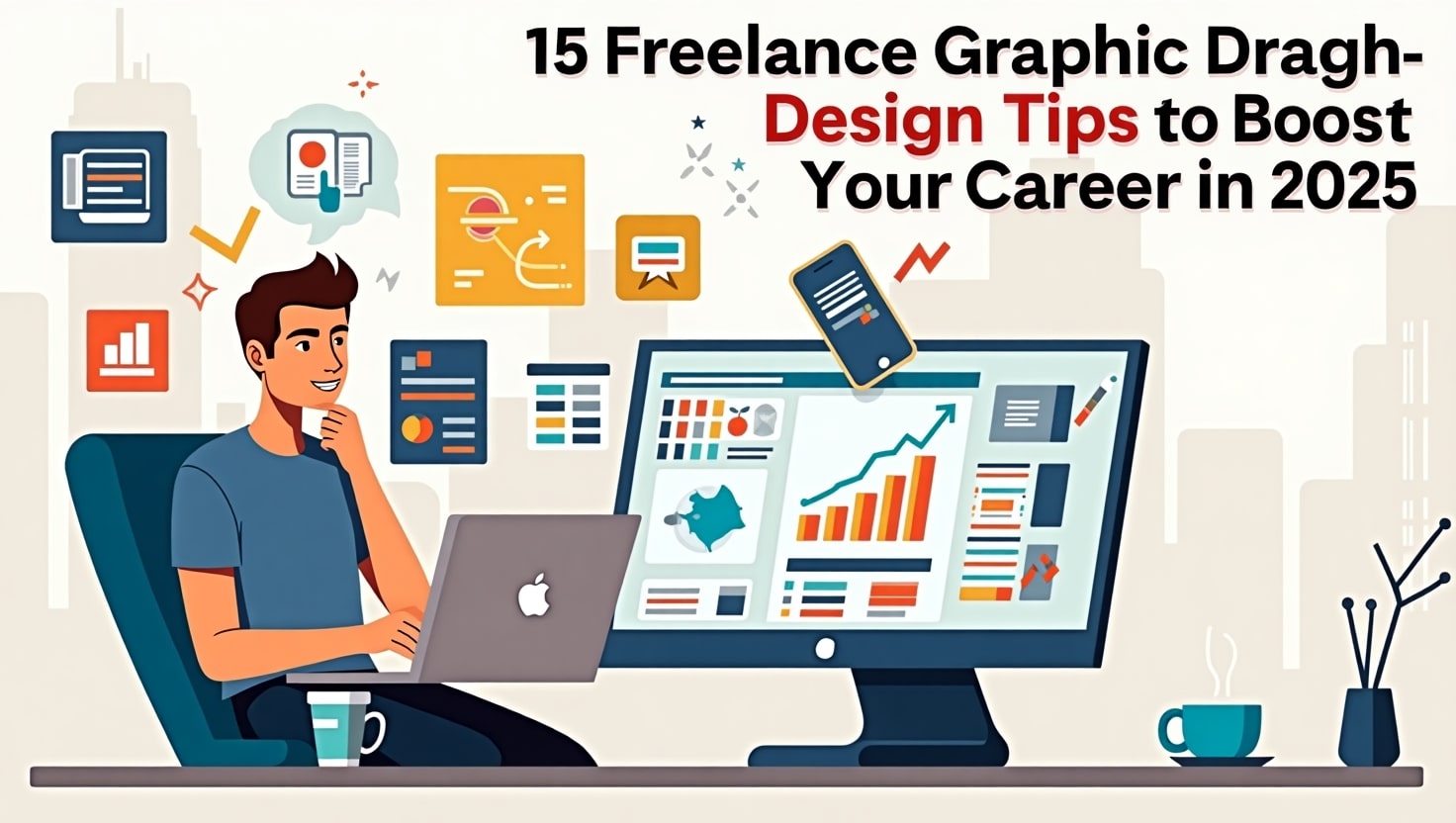
15 Freelance Graphic Design Tips to Boost Your Career in 2025
Introduction: Why Freelancing Is Booming in 2025
The freelance graphic design tips economy is exploding—and graphic designers are at the heart of it. In 2025, remote work continues to dominate the creative industry. Businesses, startups, and even content creators are constantly looking for high-quality visual content to communicate their brands. From social media graphics and websites to product packaging and logos, freelance graphic designers are more in demand than ever before.
Why? Flexibility, creativity, and cost-efficiency. Hiring freelancers allows companies to scale design work without the overhead of full-time salaries, while freelancers gain freedom over when, where, and how they work.
But success doesn’t come just by being good at design. It takes business savvy, communication skills, marketing, and persistence. In this comprehensive guide, you’ll find 15 expert-backed freelance graphic design tips to help you stand out and succeed in 2025.
Tip #1 – Build a Killer Portfolio That Sells for You

Your portfolio is your personal storefront of freelance graphic design tips. It’s not just a collection of pretty images—it’s your proof of value. In 2025, clients want to see results-driven design:
- Case studies that show how your designs improved conversions or brand awareness.
- Real client testimonials tied to specific projects.
- A mix of personal and client work to show creativity and versatility.
Use platforms like Behance, Dribbble, or your own website. Make sure it’s mobile-friendly, loads fast, and tells a story. Keep updating it with your latest and best work. Don’t include every project—only those that align with the kind of clients you want to attract.
💡 Pro Tip: Add context to each project. Don’t just show the design—explain the client’s problem, your approach, tools used, and the results.
Tip #2 – Use Contract Templates to Protect Yourself
One of the fastest ways to lose time, money, and peace of mind is to work without a contract. Whether it’s a $50 logo or a $5,000 branding package, always have a signed agreement.
A good contract should include:
- Scope of work (what’s included and what’s not)
- Timeline and deadlines
- Payment terms (50% upfront is common)
- Revision policy
- Ownership and usage rights
Use platforms like Hello Bonsai, AND.CO, or Docracy to get started. These services offer customizable, legally reviewed freelance contracts. Even a simple Google Docs template is better than nothing.
Tip #3 – Learn How to Price Your Services Strategically

Freelance graphic design tips Pricing is tricky for every freelancer—especially in the beginning. Charge too little, and you look inexperienced. Charge too much, and you risk scaring away potential clients.
Start by calculating your minimum hourly rate using this formula:
(Monthly Expenses + Profit Goal) ÷ Billable Hours = Base Hourly Rate
Then, experiment with project-based pricing and value-based pricing as you grow. Value-based pricing means charging based on the impact your work creates. For example, a logo for a small bakery and one for a tech startup shouldn’t cost the same, even if both take 5 hours.
Research what others charge in your niche on platforms like Upwork, Fiverr Pro, or Freelancer’s Union reports.
Tip #4 – Focus on One Niche (At First)
Generalists struggle more than specialists—especially when starting out. If you market yourself as “a designer for everyone,” you’ll likely end up attracting no one.
Instead, pick a niche such as:
- Logo & brand identity design for startups
- Social media design for beauty brands
- E-commerce packaging for sustainable products
- T-shirt and apparel design for streetwear brands
By narrowing down, you:
- Attract more targeted leads
- Become more confident in your pricing
- Build authority faster
When you started gives someone freelance graphic design tips you’ve established yourself in one niche, you can expand your services or pivot as needed.
Tip #5 – Use Social Proof to Build Trust
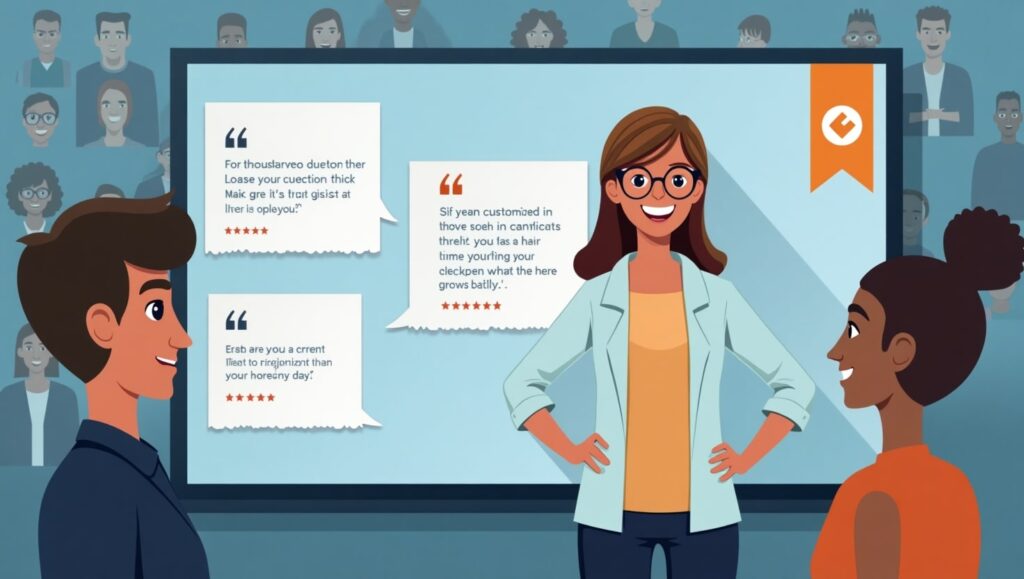
In the freelance world, trust is currency. Social proof—like reviews, testimonials, case studies, and client logos—tells potential clients, “Others trust me. You should too.”
How to collect social proof:
- Ask for testimonials after successful projects.
- Capture email feedback and turn it into quotes.
- Post client shoutouts and reviews on your portfolio and social channels.
- Include before-and-after results or transformation stats.
Tools like Trustpilot, Clutch, and Google Reviews can help build credibility when working with international clients.
Tip #6 – Network in the Right Places
Freelance graphic design tips who network smartly build thriving careers. You don’t need a massive following—you need the right people to know you.
Places to connect with potential clients:
- LinkedIn: Optimize your profile, post helpful content, and DM leads.
- Twitter/X: Follow founders, startups, and marketers in your niche.
- Facebook Groups: Join industry-specific groups for job leads.
- Design communities: Behance, Dribbble, DeviantArt, or Reddit (r/freelance, r/designjobs)
You don’t have to be salesy—just be visible and helpful. Share your insights, process, and design stories regularly.
Tip #7 – Invest in Essential Tools
Your toolkit can boost or block your freelance graphic design tips. In 2025, here are tools most freelancers rely on:
Design Tools
- Adobe Photoshop & Illustrator – Industry standard
- Figma – UI/UX and collaborative design
- Affinity Designer – Affordable and powerful
- Canva Pro – Quick mockups and templates
Project Management & Admin
- Notion / Trello – Project planning and to-do tracking
- Clockify / Toggl – Time tracking
- Wave / QuickBooks – Invoicing and accounting
- Google Workspace – Emails, Docs, Drive
Stay organized to freelance graphic design tips avoid burnout and impress clients with professionalism.
Tip #8 – Set a Routine and Respect Your Time
Freelance graphic design tips often work more hours than employees—because they blur boundaries. Set working hours that match your lifestyle and stick to them. Create a structure for your day:
- Morning: Admin, emails, planning
- Midday: Deep creative work
- Late afternoon: Revisions or meetings
- Evening: Learning or rest
Use Pomodoro timers and digital calendars to stay on track. Taking breaks, setting priorities, and knowing when to say “no” are all part of time mastery.
Tip #9 – Learn the Business Side of Freelancing
Freelance graphic design tips is your craft. But business is your engine. You need to know how to:
- Write proposals
- Send invoices and track payments
- Negotiate contracts
- Market yourself online
- Pay taxes and track expenses
Many designers learn the hard way by making costly mistakes. Speed up the learning curve with resources like:
- “The Freelancer’s Bible” by Sara Horowitz
- Freelance Business Bootcamps on Skillshare
- YouTube channels like The Futur or Roberto Blake
Tip #10 – Create a Strong Personal Brand

A personal brand is how people perceive you—even before they hire you. In a competitive field, branding sets you apart.
Steps to build your brand:
- Create a consistent logo, color scheme, and typography
- Use the same username across platforms
- Share your process, behind-the-scenes content, and success stories
- Define a mission (Who do you serve? What problems do you solve?)
When people see your name, they should immediately freelance graphic design tips associate you with a specific design style or industry niche.
Tip #11 – Stay Updated With Design Trends
Trends in typography if freelance graphic design tips, color schemes, layouts, and platforms change rapidly. What worked in 2023 might look outdated in 2025. Stay sharp by:
- Following top designers on Instagram, Behance, and Pinterest
- Reading blogs like CreativeBloq, Smashing Magazine, and Adobe Creative Cloud Blog
- Joining online classes on platforms like Domestika, Coursera, and Udemy
- Participating in design challenges (e.g., #DailyLogoChallenge, 36 Days of Type)
The more you evolve, the more valuable you become to clients looking for fresh, modern visuals.
Tip #12 – Offer More Than Just Design
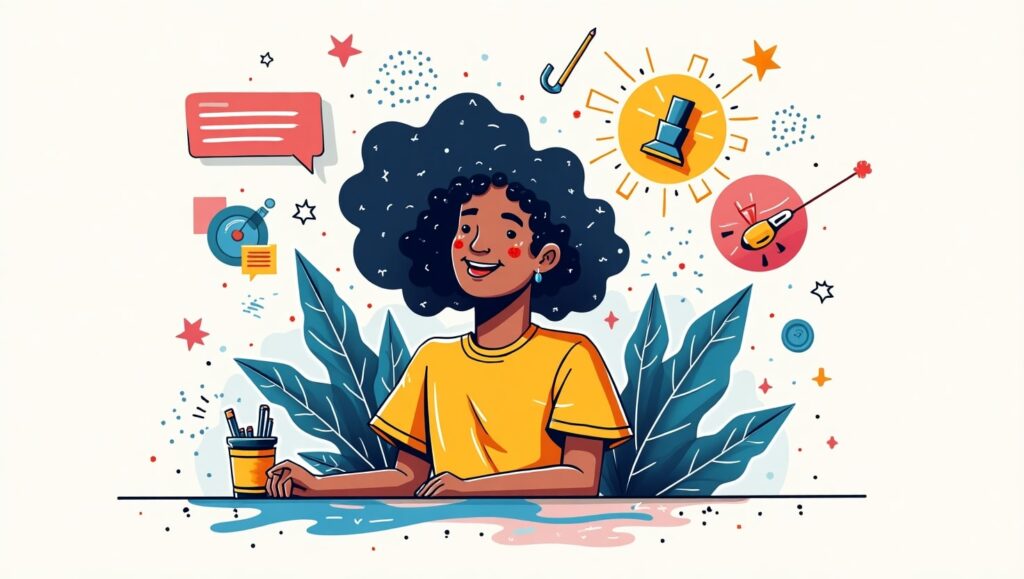
Think beyond the canvas. Many clients need more than a beautiful design—they want strategy, branding advice, content help, and implementation.
You can increase your income by offering:
- Brand style guides
- Social media kits
- Copywriting support
- Print file preparation
- UX strategy
Even packaging your services into design bundles (e.g., logo + business card + brand guide) can help you earn more while providing convenience to clients.
Tip #13 – Turn Projects Into Case Studies
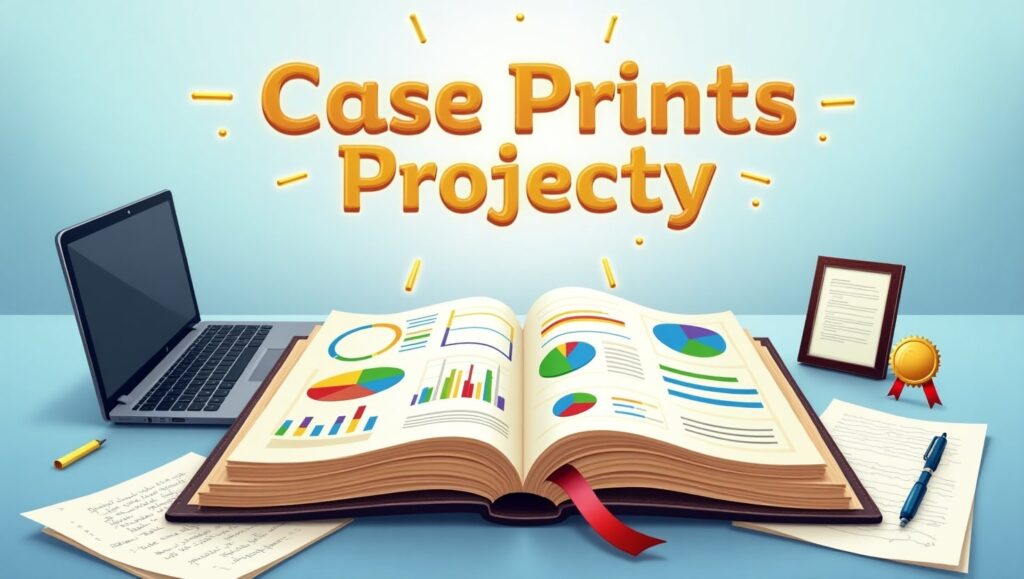
Anyone can show a logo. But telling the story behind the design sets you apart.
How to write a mini case study:
- The Client: Who they are and what they do
- The Challenge: What problem were they facing?
- The Solution: How did you approach the design?
- The Result: What impact did it make? (metrics if possible)
- The Testimonial: What did the client say?
Case studies show future clients that you’re more than a designer—you’re a problem solver.
Tip #14 – Ask for Referrals and Repeat Work
Word-of-mouth is still the most powerful form of marketing. After a successful project, ask:
“Do you know anyone else who might need graphic design services?”
Stay in touch with past clients. Send holiday greetings, share your latest work, or offer special discounts to encourage repeat projects.
If you impress someone once, there’s a high chance they’ll come back or refer you to others.
Tip #15 – Stay Consistent and Keep Learning
Freelance graphic design tips success takes time. You might go weeks without clients or face sudden rejections. That’s normal. The key is to stay consistent:
- Keep marketing even when you’re busy
- Keep learning even when you’re skilled
- Keep delivering even when it’s difficult
Freelancing is a marathon, not a sprint. Stay humble, keep building, and trust the process.
Where to Find Clients in 2025

Here are some reliable platforms and places to get freelance gigs:
| Platform | Best For |
| Upwork | Long-term contracts & serious clients |
| Networking, direct leads | |
| Fiverr Pro | Quick jobs, brand exposure |
| Toptal | Premium clients, strict vetting |
| Behance | Portfolio views + job listings |
| 99Designs | Design contests, niche projects |
| Design Facebook Groups | Networking and job postings |
Best Tools for Freelance Designers in 2025
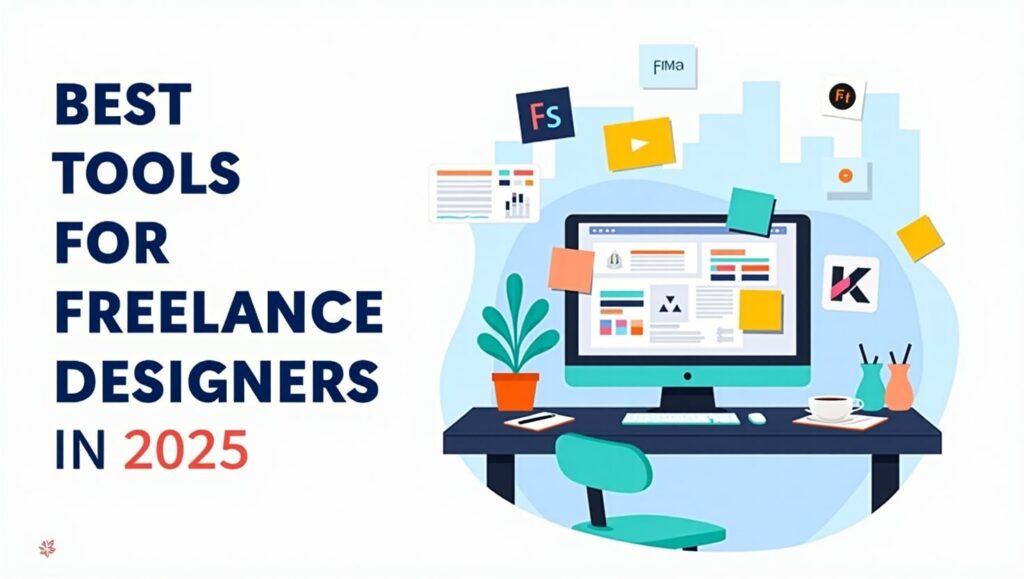
| Category | Tools |
| Design | Adobe CC, Figma, Affinity, Canva Pro |
| Admin | Notion, Trello, ClickUp |
| Invoicing | Wave, Payoneer, QuickBooks |
| Time Tracking | Toggl, Clockify |
| Contracts | Hello Bonsai, AND.CO |
| Communication | Zoom, Slack, Gmail |
| File Storage | Google Drive, Dropbox |
FAQs
How much should a freelance designer charge?
Rates vary widely. Here’s a general guide in 2025:
- Beginners: $15–$30/hour
- Intermediate: $40–$75/hour
- Advanced: $100–$200/hour or value-based
Use pricing calculators or research competitors. Don’t race to the bottom—race to the top value.
What’s the biggest mistake beginners make?
Freelance graphic design tips undercharging and working without contracts. Many also try to please every client instead of focusing on quality work within their niche. Learn to say “no” to bad-fit projects.
Conclusion: Design Your Future with Confidence
Freelance graphic design tips as a graphic designer is no longer just a side hustle—it’s a full-time career path filled with creative freedom and global opportunity. But to succeed in 2025, you need more than freelance graphic design tips skills. You need strategy, consistency, and confidence.
By following these 15 freelance graphic design tips, you’re not just surviving—you’re thriving. Keep evolving, keep creating, and remember: your career is your best design project.
Graphics Design
Top 10 Best Graphic Design Tools for Beginners in 2025 (Free & Paid)

Top 10 Best Graphic Design Tools for Beginners in 2025 (Free & Paid)
Introduction: Why Beginners Need the Right Tools
Best graphic design tools for beginners can be exciting but also overwhelming. With so many tools available, it’s easy to get lost in the options. As a beginner, you need graphic design tools that are easy to learn, affordable, and feature-rich enough to help you grow. Whether you’re designing logos, social media posts, or website graphics, the right software can make all the difference.
In this article, we’ve handpicked the top 10 best graphic design tools for beginners in 2025, including both free and paid options. Whether you’re looking to go pro or just explore your creativity, there’s a tool here for you.
1. Canva – Best for Simplicity
Type: Free & Paid
Platform: Web, iOS, Android
Canva is best graphic design tools for beginners who want to dive into design without the steep learning curve. With drag-and-drop features, pre-made templates, and an intuitive interface, Canva allows anyone to create professional-looking graphics in minutes.
Key Features:
- Thousands of free templates
- Easy-to-use interface
- Perfect for social media posts, presentations, and posters
- Team collaboration options
Why it’s great for beginners: You don’t need design experience to use Canva. It’s as simple as choosing a template and customizing it.
2. Adobe Illustrator – Industry Standard
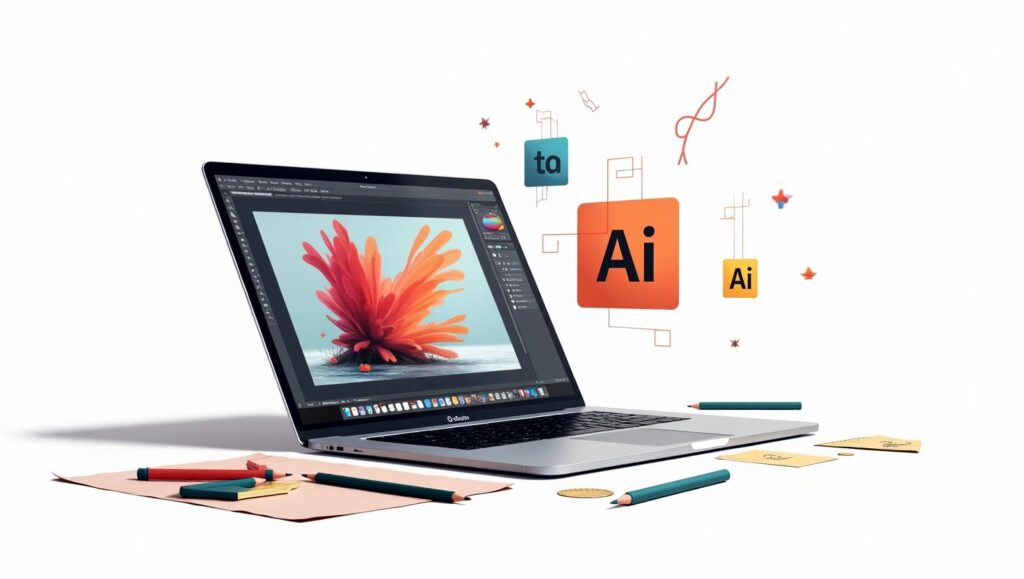
Type: Paid (Free trial available)
Platform: Windows, macOS
If you’re serious about pursuing best graphic design tools for beginners professionally, Adobe Illustrator is the go-to tool. It’s used by top designers around the world for creating logos, icons, typography, and complex illustrations.
Key Features:
- Precision vector design
- Integration with other Adobe apps
- Extensive typography tools
- Custom brushes and effects
Why it’s great for beginners: Though it has a steeper learning curve, beginners can start with tutorials and gradually master this powerful tool.
3. Figma – Collaborative Design

Type: Free & Paid
Platform: Web-based (with desktop apps)
Figma is a browser-based UI and best graphic design tools for beginners that’s widely used for interface design and collaboration. It’s especially ideal if you’re working in a team or planning to get into UX/UI design.
Key Features:
- Real-time collaboration
- Cloud-based autosave
- Works on any platform
- Design + prototyping in one tool
Why it’s great for beginners: It’s free to get started and encourages team-based design, which is perfect for learning in a group setting or classroom.
4. Gravit Designer – Browser-Based Versatility
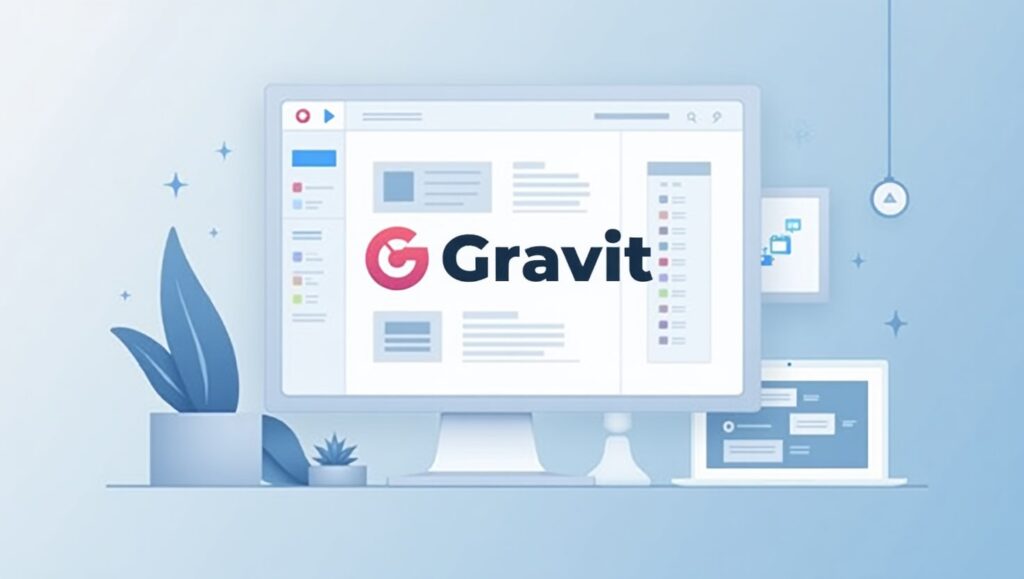
Type: Free & Paid (Gravit Designer Pro)
Platform: Web, Windows, macOS, Linux, Chrome OS
Gravit Designer offers a clean interface with essential tools for vector design. It’s ideal for creating UI designs, presentations, and illustrations, all from your browser.
Key Features:
- Works online and offline
- Modern user interface
- Cloud syncing
- Easy export options
Why it’s great for beginners: The learning curve is gentle, and it doesn’t require a powerful computer to run.
5. Vector – Free Vector Tool
Type: Free
Platform: Web, Windows, macOS, Linux
Vector is a completely free vector graphic design tool with a simple interface. It’s great for basic logos, icons, and infographics.
Key Features:
- Real-time sharing
- Simple and clean interface
- Free tutorials available
- Lightweight and fast
Why it’s great for beginners: Best graphic design tools for beginners without getting overwhelmed by advanced features.
6. Inkscape – Open Source Alternative
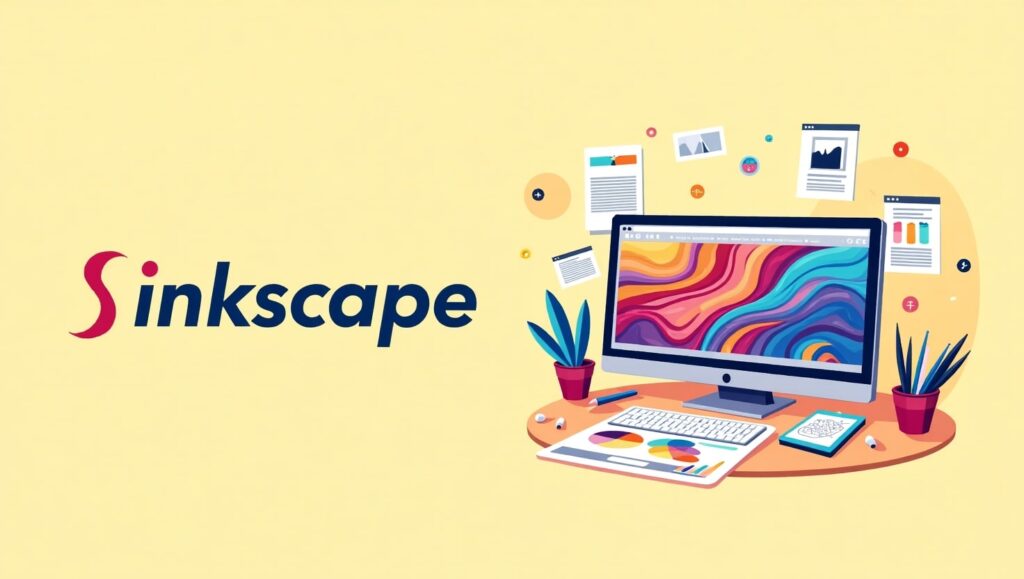
Type: Free (Open source)
Platform: Windows, macOS, Linux
Inkscape is a powerful free vector graphics editor that’s often compared to Adobe Illustrator. As an open-source tool, it has a strong community and regular updates.
Key Features:
- Advanced drawing tools
- Layer support
- File compatibility (SVG, AI, PDF)
- Custom extensions and add-ons
Why it’s great for beginners: Great for those who want full control over their design tools without paying for software.
7. Affinity Designer – Professional Quality at One-Time Cost
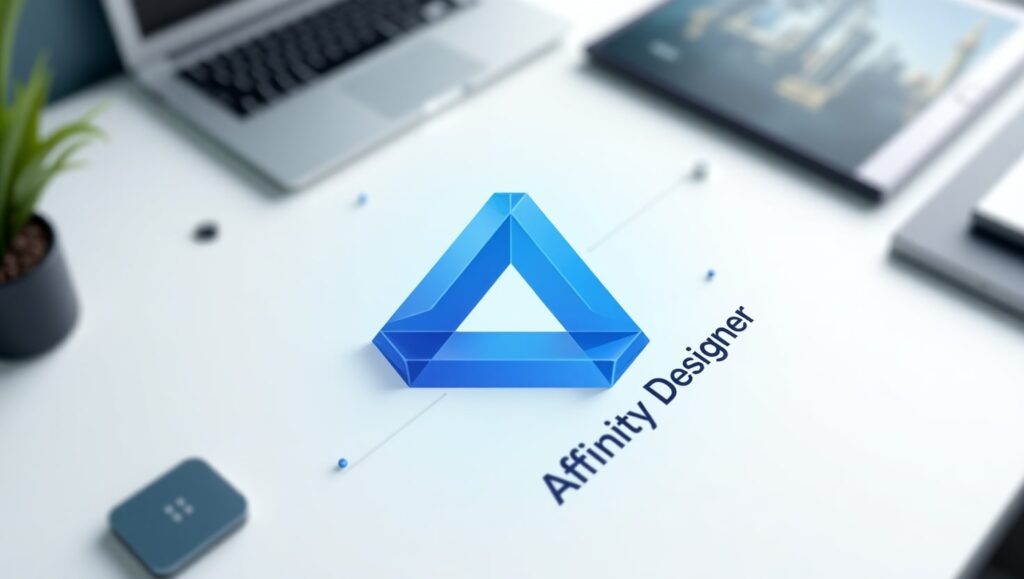
Type: Paid (One-time purchase)
Platform: Windows, macOS, iPad
Affinity Designer is a cost-effective alternative to Adobe Illustrator, offering professional features at a one-time price.
Key Features:
- Smooth vector and raster integration
- Responsive and lightweight
- Grid, snapping, and alignment tools
- Cross-platform performance
Why it’s great for beginners: Once purchased, you get lifetime updates. It’s a great investment without a subscription.
8. Pixlr – Easy Photo Editing
Type: Free & Paid
Platform: Web, iOS, Android
Pixlr is a lightweight photo editing tool that runs right in your browser. It’s perfect for beginners who want to edit images quickly for social media or blogs.
Key Features:
- AI-powered one-click edits
- Web-based—no downloads required
- Supports layers and effects
- Simple interface
Why it’s great for beginners: You can start editing without creating an account. Very beginner-friendly.
9. Krita – Digital Painting & Illustration
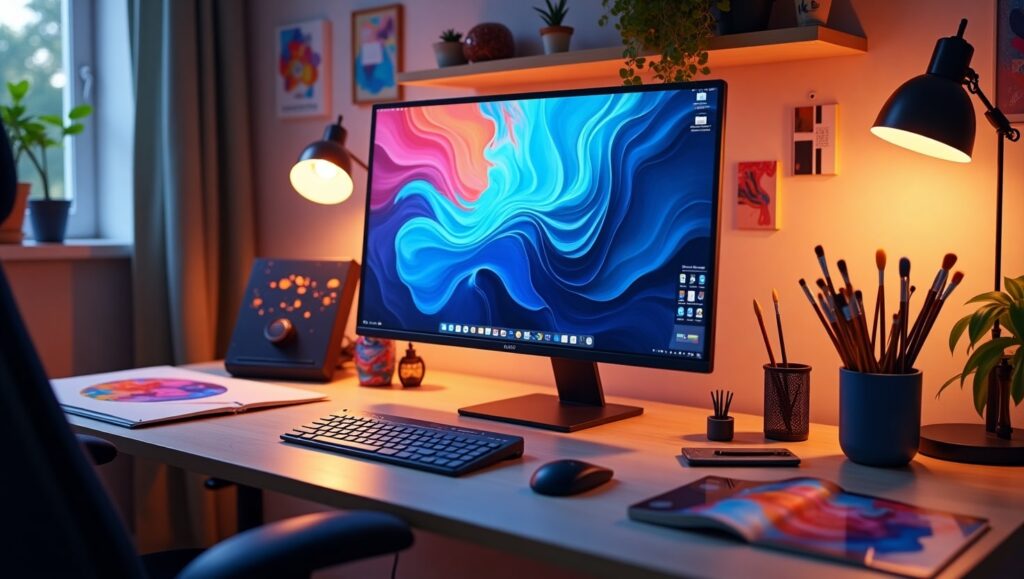
Type: Free (Open source)
Platform: Windows, macOS, Linux
Krita is best suited for digital illustration and painting, but it also offers graphic design tools for layout and composition.
Key Features:
- Brush customization
- Layer management
- Animation support
- Tablet-friendly interface
Why it’s great for beginners: Excellent for beginners interested in drawing and concept art.
10. Desygner – Mobile-Friendly Graphic Design
Type: Free & Paid
Platform: Web, iOS, Android
Desygner is a drag-and-drop graphic tool aimed at social media creators, bloggers, and marketers. It’s one of the easiest tools to use on a smartphone.
Key Features:
- Pre-made social media templates
- Mobile-first design
- Royalty-free image library
- Branding kit support
Why it’s great for beginners: If you’re creating graphics on the go, this is a must-have.
Tips on Choosing the Right Tool
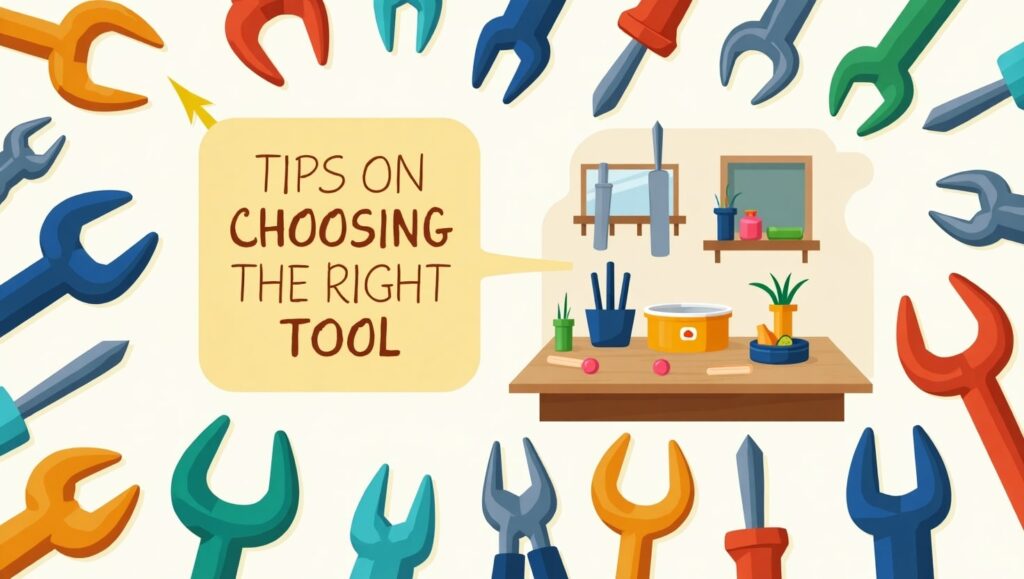
Choosing the best graphic design tools for beginners tool depends on your goals and workflow. Here are a few tips to guide your decision:
- Start Free: Explore tools like Canva, Vectr, and Inkscape to learn the basics without investment.
- Consider Your Goals: If you want to go professional, tools like Adobe Illustrator or Affinity Designer are worth learning.
- Try Before You Buy: Use free trials to test paid tools before committing.
- Use Community Resources: Many tools have active communities, free tutorials, and forums to help you learn faster.
- Match Tool to Task: Photo editing? Use Pixlr. UI design? Try Figma. Logo creation? Go with Illustrator or Vectr.
FAQ
What is the best free graphic design tool?
Canva is the best graphic design tools for beginners widely considered the best graphic design tools for beginners due to its ease of use, professional templates, and accessibility on all devices. For vector design, Inkscape is a top free choice.
Are paid tools worth it for beginners?
Yes, Best graphic design tools for beginners if you’re committed to building a career or serious hobby in graphic design. Tools like Adobe Illustrator and Affinity Designer offer features you’ll eventually need as your skills grow. However, you should explore free tools first to see what suits your style.
Conclusion: Start Simple, Grow Gradually
Every graphic designer starts somewhere. The key is to start simple—best graphic design tools for beginners, explore its features, and grow your skills at your own pace. Whether you begin with Canva, dive into Figma, or experiment with Inkscape, the most important thing is to keep creating.
Once you’re comfortable, consider investing in professional tools that open up even more creative possibilities. With the right tools and consistent practice, you’ll be creating stunning graphics in no time.
Graphics Design
Top 7 Essential Ways to Make T-Shirt Painting Design

Top 7 Essential Ways to Make T-Shirt Painting Design
T-Shirt Painting Design can be a great tool of creativity or creation of a fashion identity or even a business. T-Shirt Painting can be a gateway to unending crafts no matter whether this would be your first or fourth attempt in painting. In this article, we are going to guide you on the 7 best methods on how to make t-shirt painting design stand out, how to do it, what to use, what style, and some tips on how to make custom t-shirt painting better without fail.
What is T-shirt Painting Design?
T-Shirt Painting Design is a decoration process of painting or ink on a piece of cloth, generally t-shirt, to come up with a unique picture. It is a form of clothing art in which an artist, fashion admirer or hobbyist can express themselves creatively in something that they can use daily. T-shirt painting design can express mood, culture, personality and even be used to champion a cause; miniature paintings to splashes of abstract colors.
DIY trend, sustainability and fashion individuality have rocketed the popularity of the t-shirt painting within the past years. Well, now we are to see the seven most useful techniques that can help you to master this exciting art.
1. Select The Appropriate T Shirt Base and Fabric
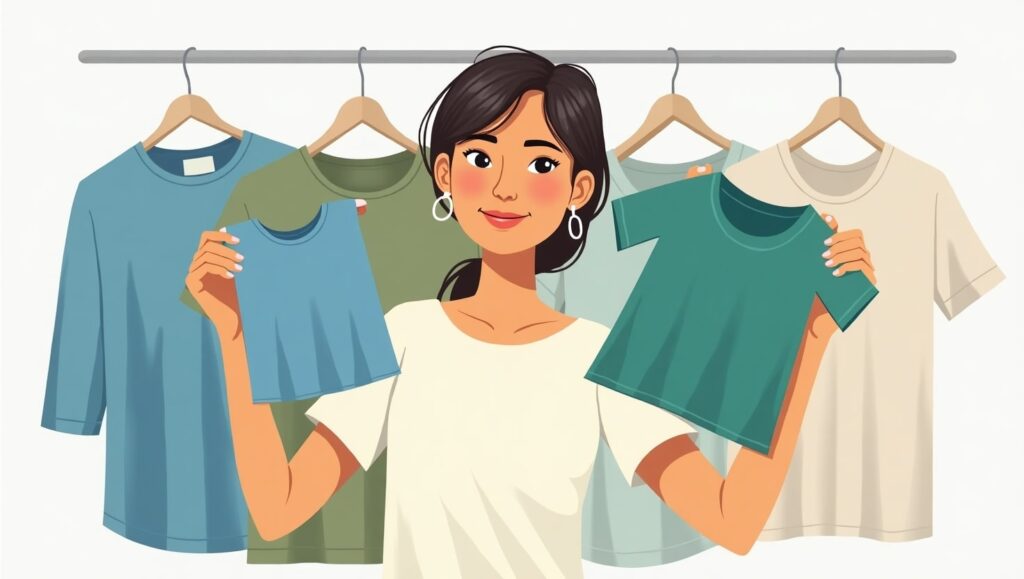
A t-Shirt Painting Design is the basis of every magnificent t-Shirt Painting. The choice of the material influences the quality of the adhesion of the paint, the hues of the palette and the durability of the design once washed.
The ideal fabrics of T-Shirt painting design:
- 100 percent Cotton: Trapping moisture is high on the scale and paint adhesion can also be achieved as well.
- Cotton-Poly Blend: Less absorbent and more long lasting.
- Bamboo or Organic cotton: an environmental-friendly and sustainable t-shirt painting design material.
Ensure that the t-shirt has already undergone a process of washing in order to draw away any factory treatment or shrinking. Get the finest painting experience on a smooth, non wrinkly surface.
2. Gather the Right Supplies
Without proper tools, even the most creative ideas for a t-shirt painting design can fail. Here’s a checklist of essential supplies:
Basic Materials:
- Fabric Paint (Acrylic-based or Water-based)
- Fabric Medium (optional, helps paint bond better)
- Paintbrushes of varying sizes
- Sponges or Rollers
- Palette or Mixing Tray
- Fabric Markers
- Pencil/Chalk (for sketching)
- Cardboard Insert (to avoid bleed-through)
These materials ensure your t-shirt painting design stays sharp, professional, and vibrant.
3. Sketch and Plan Your Design
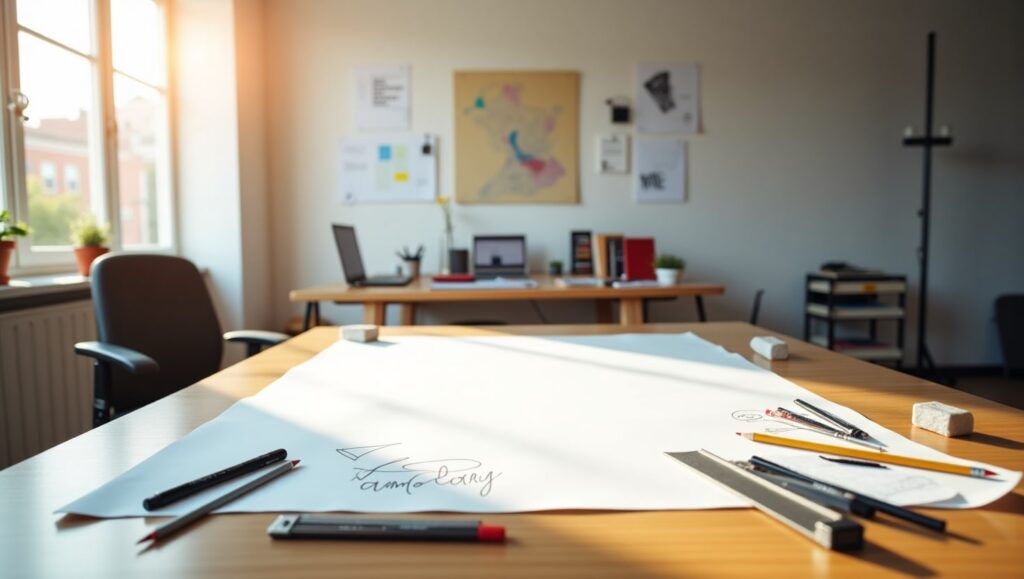
Before you dip a brush into paint, sketch your t-shirt painting design on paper or use a digital mockup tool. Planning is critical, especially for intricate designs.
Tips for Sketching:
- Start with light outlines.
- Consider color placement and negative space.
- Use stencils if you’re aiming for precision.
Planning your t-shirt painting design reduces mistakes and speeds up the painting process. You can even use transfer paper to trace your design onto the fabric if you’re not confident in freehand sketching.
4. Learn Different Painting Techniques
There are multiple ways to apply paint to a t-Shirt Painting Design. Understanding the right technique for your t-shirt painting design will make your artwork more dynamic.
Popular Painting Techniques:
- Freehand Brush Painting:
- Great for artistic expression and detailed artwork.
- Stencil Painting:
- Perfect for logos, patterns, or text. Ensures consistency.
- Sponge Painting:
- Adds texture and gradient effects to your t-shirt painting design.
- Splatter Technique:
- Offers a trendy, modern vibe. Use with contrasting colors.
- Block Printing:
- Involves carving a design into a stamp and repeating the pattern.
Each technique contributes something unique to the final look of your t-shirt painting design. Don’t hesitate to mix methods for a layered effect.
5. Learn to Use colors
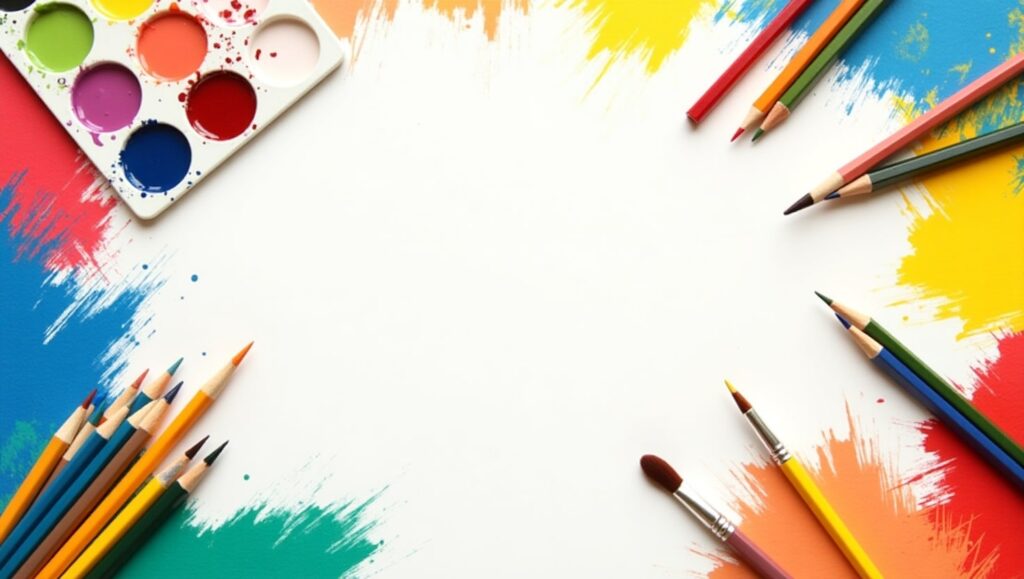
The color theory is very relevant in the area of painting t-shirts. Navigating a basic design with the compulsory color palette can turn a design to a work of art.
Know How to Select Colour:
- Take bold contrast by using complementary colors.
- Similar tints to bring out harmonious vibes.
- Apply white or black to make outlines/highlights.
Bear in mind that not all colors can be similar on textile and paper. Always test a small patch in case you want complete painting of t-shirt.
6. Use Fixing and Heat Fixing Methods
When you have painted your masterpiece that is the time to put the colors on so that they can be washed and worn.
T-Shirt Painting Design: Fixing Methods:
- Ironing: Apply a cloth or parchment paper on the painted area and press using medium heat setting on the iron within 3 to 5 minutes.
- Air-Drying: Leave your t-shirt painting design to dry up at least 24-48 hours.
- Heat Press: professional way of commercial-grade finish.
The paint is then sealed under the heat setting so it does not crack or fade, thus sealing into the fibers of your t-shirt painting design.
7. Care of Your Painted T Shirts
When the t-shirt painting is properly taken care of, then you get a long lasting life of the design and it remains vibrant.
Cleaning & Storing Information:
- Inside out wash in cold water.
- Never use bleach or strong detergents.
- Line dry or tumble low or machine dry.
- Iron inside-out, as required.
Once you have made something really well, you can be sure that your t-shirt painting design will keep shining all through the years.
Some Creative Ideas to Design T-Shirt Painting
Are you short of ideas? The popular t-shirt painting design themes are the following:
Minimalist Quotes
- Nature-based Patterns
- Graffiti and Street Style Painting
- The pop culture and Anime
- Geometric designs
- Motifs Tribal and Ethnic Motifs
- Personalized Name/Initials
The ideas can assist you to stimulate creativity and reach out to the target audience or customers.
The reason T-Shirt Painting Design is ideal with small businesses
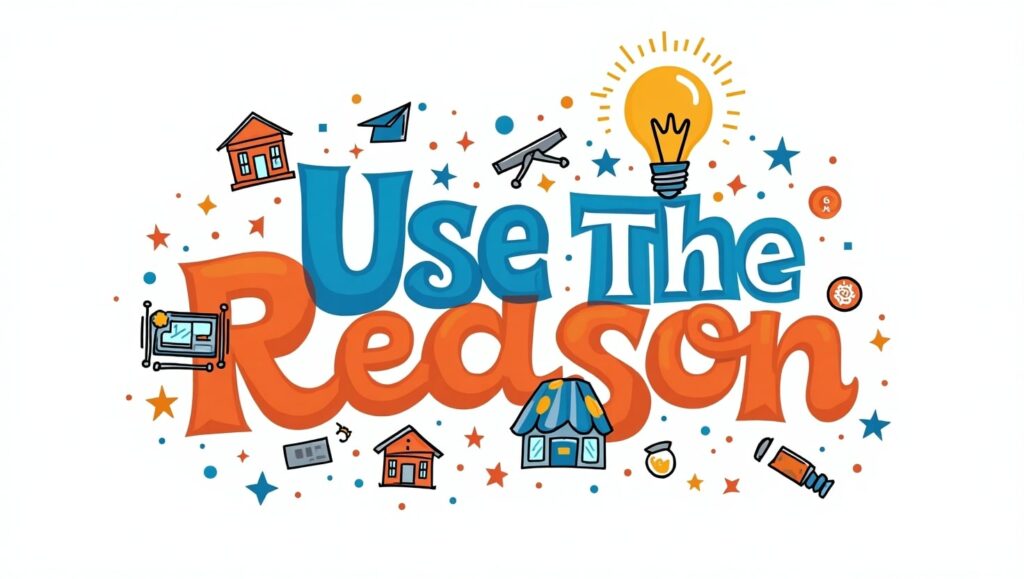
T-shirt painting design is also beautiful since the cost is cheap with high profit margin. These designers, painters, and designers are turning the ability to make money by selling personalized tees either online or in local fairs.
The advantages of T-Shirt painting Design as Business:
- No huge stock-out is needed.
- It is possible to tailor every design to the targeted niches.
- Handmade and green-friendly.
You may even provide customized t-shirt painting design services to such platforms as Etsy, Instagram, or your WordPress online store.
Questions and answers on T-shirt painting design
Q1. What should I use as a medium to paint t-shirt painting design, can I use normal acrylic paint?
Sure but in some fabric medium so that it does not crack and leave a soft finish.
Q2. How do I avoid loosing the paint in the washing?
After getting your paint design on your t-shirt completely dry, always take it and heat set it using an iron or heat press.
Q3. Which is the best color of t-shirt to be used?
T-shirts that are white and light in color are ideal for colored effects, but another to get dramatic effects is to use black t-shirts and use opaque or metallic paints.
Q4. What is the lifespan of painted t-shirt?
Well improvised t-shirt painting design will take a long time even after a lot of washings before it will begin to fade away.
Q5. Are children allowed to do t-shirt painting designs?
Absolutely! Just use paint that is washable and non toxic and monitor them as they set the heat.
Conclusion
The t-shirt painting design can be mastered by all types of artists, hobbyists, and business people. Selecting the appropriate fabric, preparing the design, printing it on, and employing the final heat fix, there are tips and methods to every process, which makes the result a beautiful and lasting t-shirt painting design. These 7 methods will determine what colorful and professional results you would achieve when creating a one-off work of your own or planning to launch a fashion brand.
The more you practice regularly and creatively, the more you will master t-shirt painting designs, and welcoming the world of art and even money.
-

 Graphics Design1 year ago
Graphics Design1 year ago7.Exploring the Importance of Color Theory Charts
-

 Graphics Design11 months ago
Graphics Design11 months ago10 Stunning Gradient Design Trends You Need to Know in 2024
-

 Graphics Design1 year ago
Graphics Design1 year ago29.Retro Design Is Making a Comeback in Modern Spaces
-

 Graphics Design1 year ago
Graphics Design1 year ago15.The Importance of Effective Flyer Design in Marketing
-
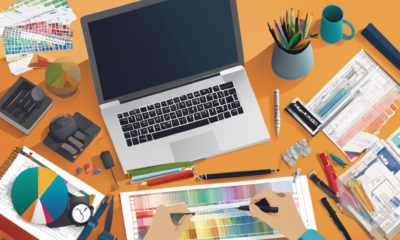
 Graphics Design1 year ago
Graphics Design1 year ago14.Mastering the Art of Print Design: Tips and Tricks
-
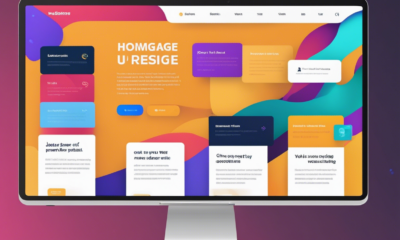
 Graphics Design1 year ago
Graphics Design1 year ago10.The Latest Trends in Web Design and Development
-

 Graphics Design6 months ago
Graphics Design6 months ago2025 Logo Design Trends: What’s In, What’s Out?
-

 Graphics Design1 year ago
Graphics Design1 year ago1.The Transforming Power of Typography on Graphic Design

zoritoler imol
October 25, 2024 at 5:35 am
I like this post, enjoyed this one regards for putting up.
Cleveland Paganico
November 15, 2024 at 4:01 am
I’ve been surfing online greater than 3 hours nowadays, but I by no means found any attention-grabbing article like yours. It’s pretty worth enough for me. Personally, if all website owners and bloggers made excellent content as you did, the web will likely be a lot more helpful than ever before. “I thank God for my handicaps, for through them, I have found myself, my work and my God.” by Hellen Keller.